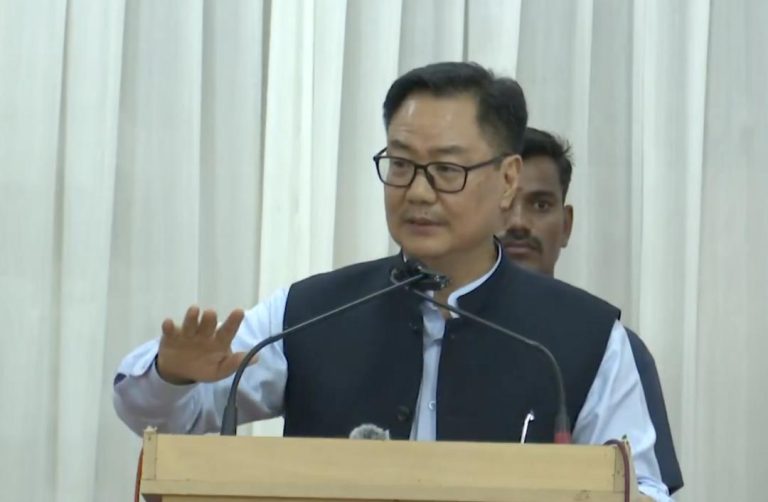
Nehru & Indira drove away Intel from India; it went to China: BJP
In a recent statement, BJP MP Nishikant Dubey has sparked controversy by claiming that India’s former Prime Ministers Jawaharlal Nehru and Indira Gandhi drove away semiconductor companies like Intel and Fairchild from the country, forcing them to set up shop in China instead. Dubey’s statement has left many wondering about the accuracy of his claims and the impact it may have had on India’s technology sector.
According to Dubey, the absence of semiconductor companies in India is a direct result of the policies implemented by Nehru and Gandhi, which he believes created an unfavorable environment for foreign investment. In a tweet, Dubey stated, “It was because of Intel that Silicon Valley developed in America, where more than half of the jobs are held by Indians.” He further claimed that Intel and Fairchild were forced to leave India due to the government’s lack of support and that they ultimately established themselves in China, which he believes has been the beneficiary of India’s mistakes.
Nehru, who served as Prime Minister from 1947 to 1964, is often credited with laying the foundations of India’s technology sector. He established institutions like the Indian Institute of Technology (IIT) and the Indian Institute of Science (IISc), which have produced many talented engineers and scientists. However, Dubey’s claim that Nehru drove away Intel and Fairchild from India is a new one, and it is unclear what evidence he has to support this assertion.
Indira Gandhi, who served as Prime Minister from 1966 to 1977 and again from 1980 to 1984, is known for her nationalization policies, including the nationalization of major industries like banking and insurance. While it is possible that her policies may have created a less favorable environment for foreign investment, it is unclear how this would have specifically driven away semiconductor companies like Intel and Fairchild.
In any case, it is important to note that Intel and Fairchild were both major players in the global semiconductor industry, and their decision to establish themselves in China rather than India was likely the result of a complex interplay of factors, including market demand, competition, and government policies.
China’s semiconductor industry has made significant strides in recent years, thanks in part to government support and investment. In 2019, China’s chip sales reached a record high of $135 billion, accounting for over 10% of the global market. The country’s government has also implemented policies aimed at encouraging domestic innovation and reducing its reliance on foreign technology.
Meanwhile, India’s semiconductor industry has struggled to gain momentum. While the country has a large and growing pool of technical talent, it lacks the scale and infrastructure to support large-scale semiconductor manufacturing. In recent years, the Indian government has implemented policies aimed at promoting the growth of the semiconductor industry, including the establishment of the Electronic Component Industry Association of India (ECIAI) and the Indian Institute of Semiconductor Technology (IIST).
Despite these efforts, India still lags behind China in terms of semiconductor production and innovation. According to a report by the Market Intelligence Center, China accounted for over 70% of the global semiconductor market in 2020, while India accounted for less than 1%.
In conclusion, while Nishikant Dubey’s claims about Nehru and Indira driving away Intel and Fairchild from India may be an oversimplification of the complex historical context, they do highlight the challenges faced by India’s technology sector. India’s semiconductor industry has struggled to gain momentum, and the country’s government has yet to implement policies that support the growth of this critical sector.
As the world becomes increasingly dependent on technology, it is essential that India focuses on developing its own semiconductor industry to meet the growing demand for domestic production. By doing so, India can reduce its reliance on foreign technology and create new opportunities for domestic innovation and job creation.
Source:






